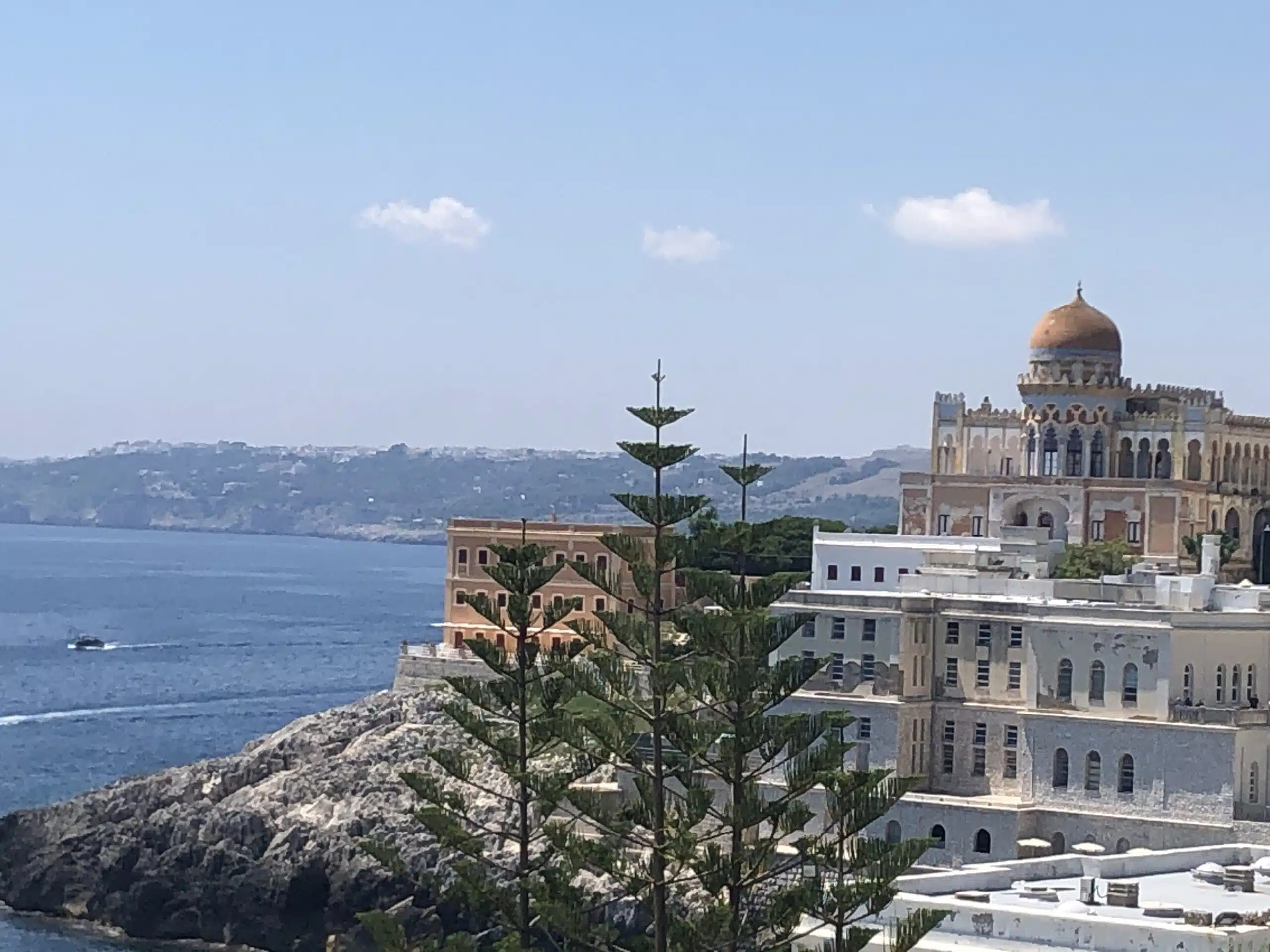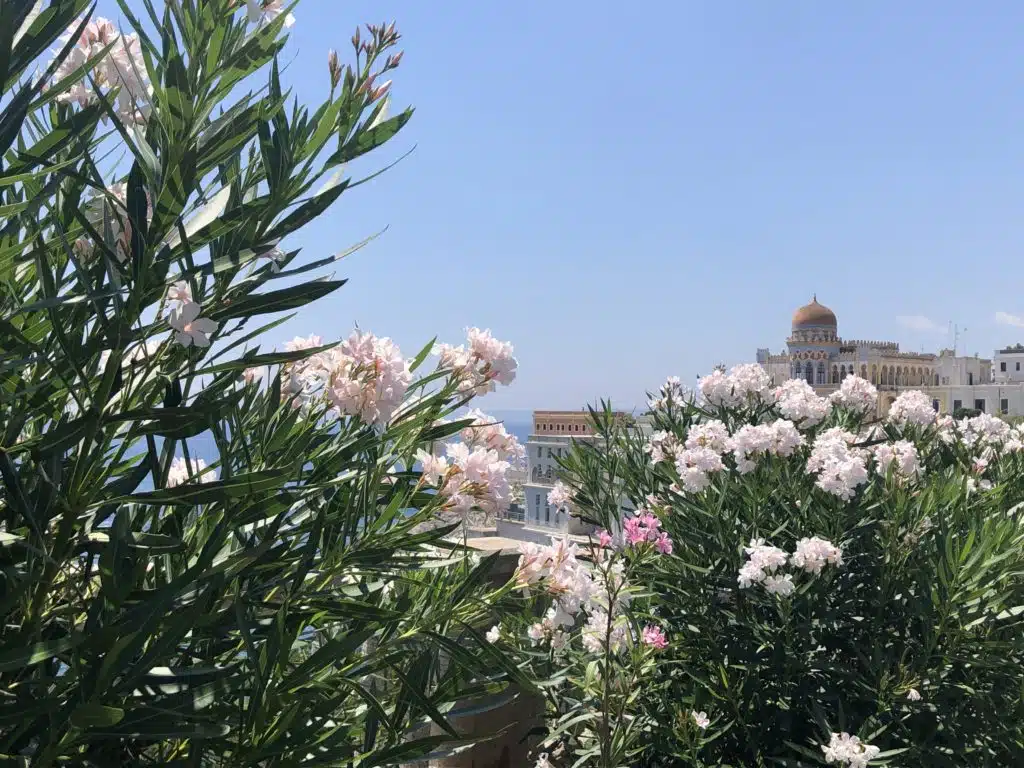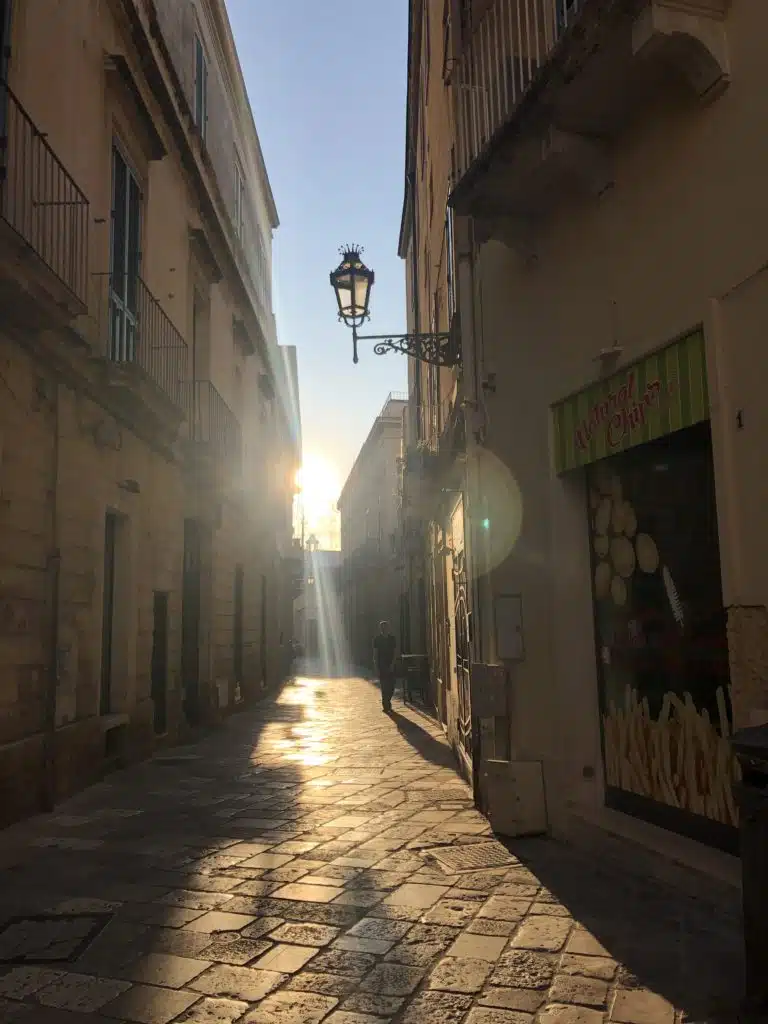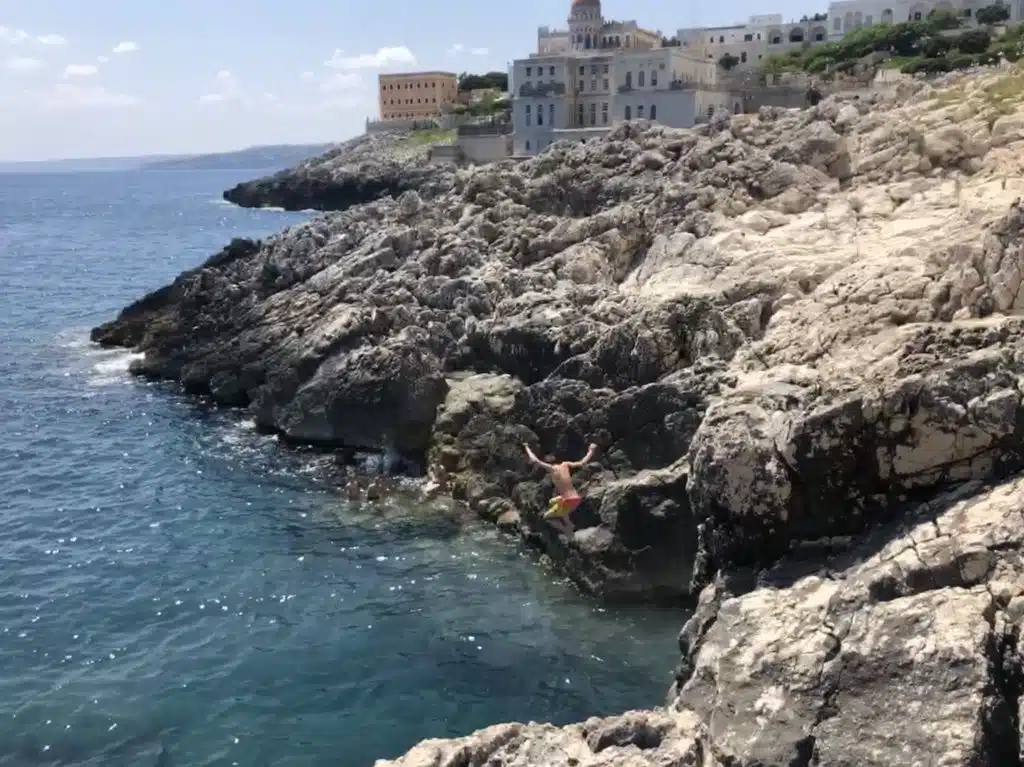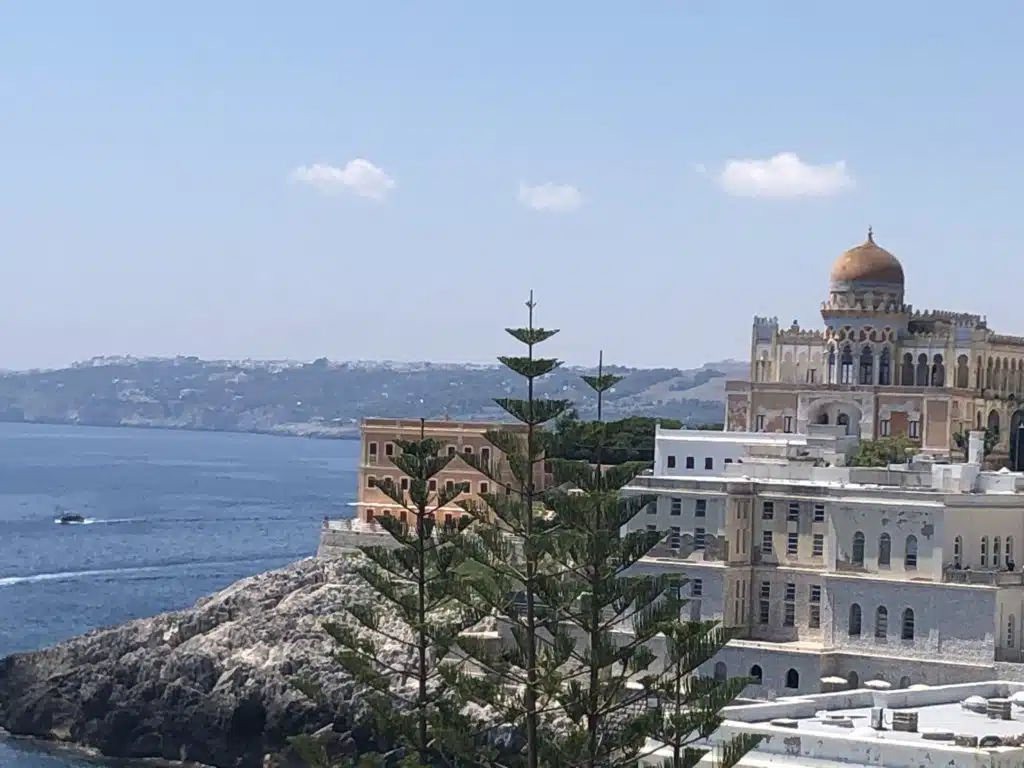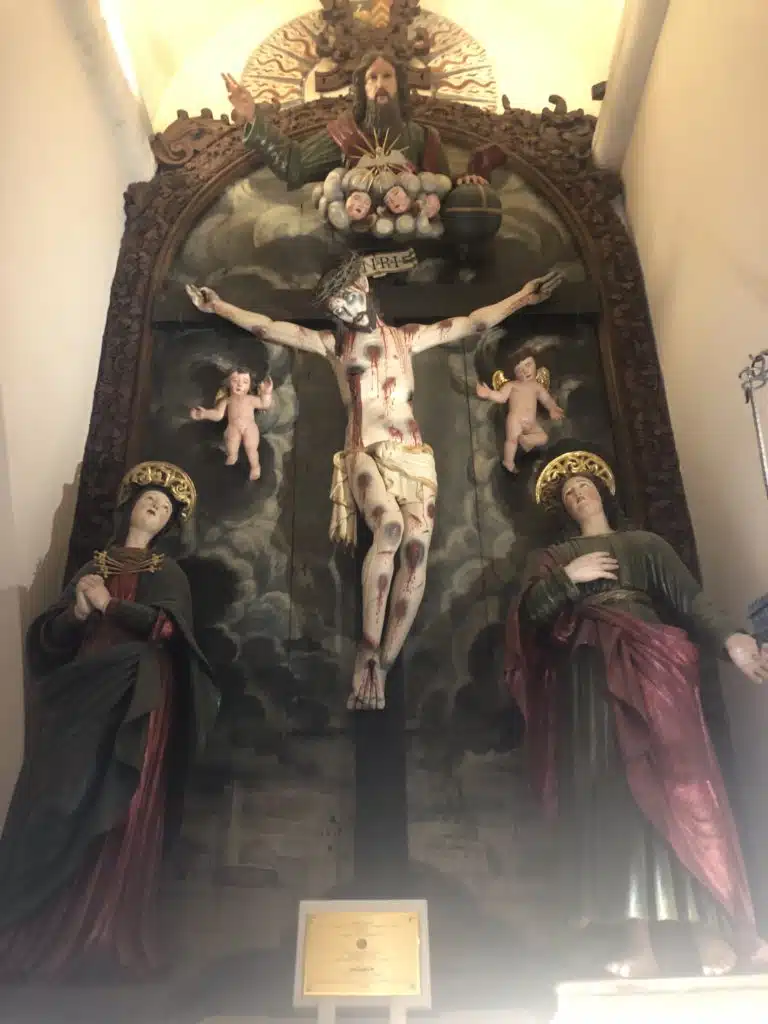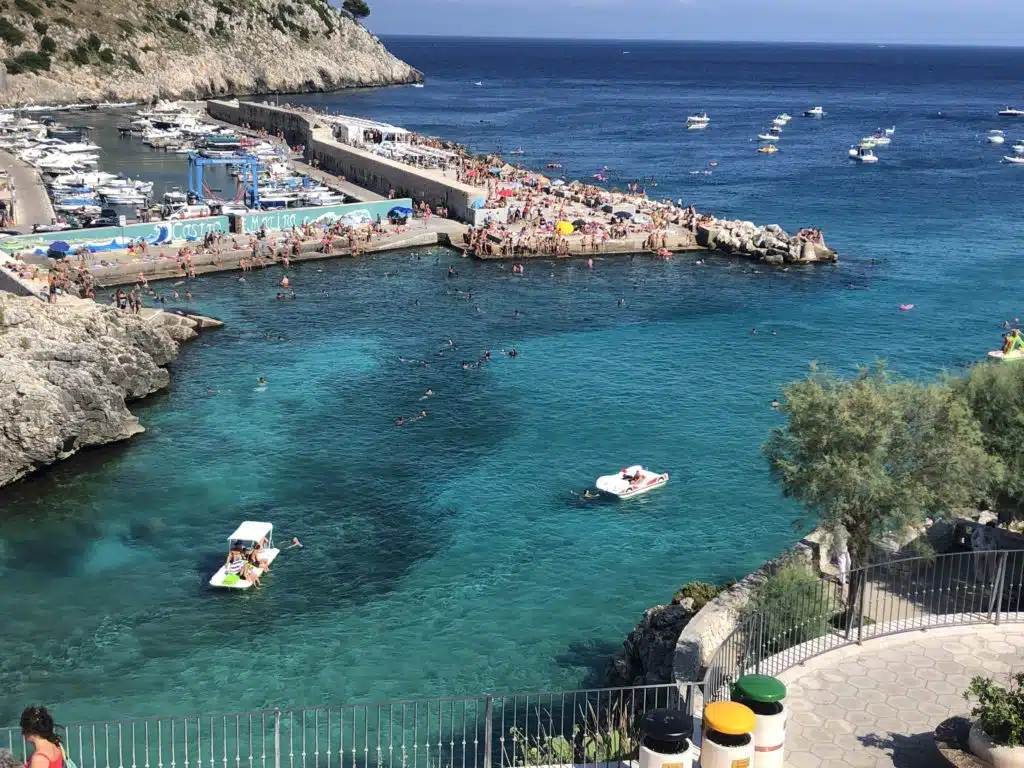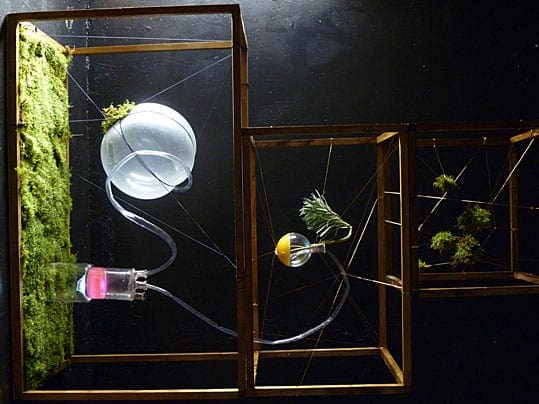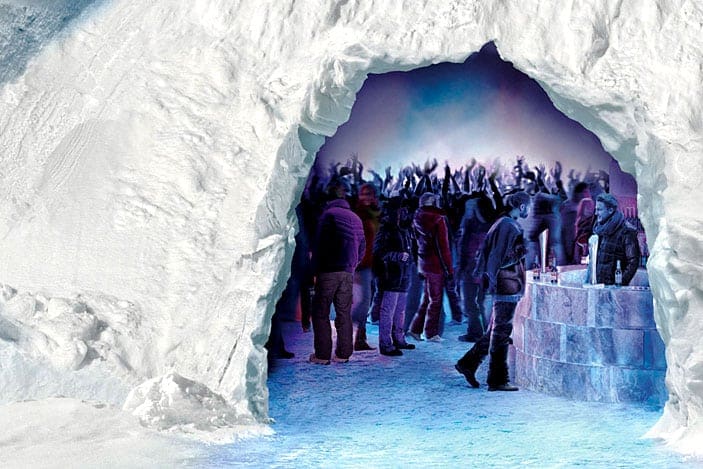Words: Abigail Blasi
Lecce’s golden-stone backstreets are narrow.
Tall balconied buildings cast shade that keeps the lanes cool during Puglia’s mirage-inducing hot summer.
This is a languid southern Italian university town, where mansions are hidden behind discreet, carriage-sized doors. Its churches are carved in such a frenzy of religious ornamentation that it even has its own subgenre, ‘Leccese baroque’.
Exhibit one: the secret-feeling Palazzo Borsi Cozzo. This is a mansion with rooms rather than a hotel, packed full of art passed on from the owner’s grandmother, who was part of the legendary Parisian art scene of the 1930s. Antonia was not the only noteworthy ancestor in this historic Puglian family, her brother was a boxer turned Hollywood star, Enzo Fiermonte.
Antonia and Enzo’s descendants have dedicated their hotels (the other is nearby La Fiermontina) to them. Their mother (Antonia’s daughter) is a friend of Yoko Ono’s, and there are scribbled notes from Ono on the walls, as well as drawings by John Lennon (and Keith Haring). There’s an entire suite dedicated to the Beatles, but the rest of the suites are also extraordinary, centred on huge sculptures and beautiful antiques.
Lecce has a diminutive Roman amphitheatre and large cathedral square, where apparently the entire population could once barricade themselves if necessary. Much of coast-facing Puglia’s architecture is similarly prepared to withstand attack.
Around an hour’s drive from Lecce, in the Greco region (where locals speak a Greek dialect), Galatina is elegant at its kernel, with tall townhouses fronted by balconies and carvings. Here’s the region’s most spectacularly decorative church, Santa Caterina, with every centimetre decorated in heavenly blue. Its cloaked figures telling the story of the saint, and violent images of Christ bleeding profusely on the cross, as well as Saint Catherine herself (martyred by having her breasts cut off). Galatina is famous for the most frenetic of the local taranta festivals, where locals dance to the hypnotic sound of pizzica music.
Beyond here is Otranto, a fortified coastal town. It has huge castle walls and turrets, and narrow lanes inside. On a gentle hill is another fortress-style cathedral, a stern building, but with a mosaic floor inside that’s like a vision, a multi-tendrilled tree of life. In a chapel below the church, there is a memento mori chapel full of skulls and bones.
It’s best in the morning when the sunlight illuminates the caves, but early evening is good as well, as the sun tinges the sky pinkish.
The coast beyond Otranto grows ever more dramatic. The road winds above rocks lapped by royal-blue sea, and 17th-century watchtowers overlook the emptiness. You can take boat trips from Castro, bouncing across the waves. It’s best in the morning when the sunlight illuminates the caves, but early evening is good as well, as the sun tinges the sky pinkish.
The coast along here is dramatic with craggy cliffs, some with steps carved out that disappear into nowhere. Beyond, the countryside is a tangle of wild oregano, olive trees and cactus. A Moorish fantasy of a building marks the small, forgotten-feeling town of Santa Cesarea Terme, where there is a sulphuric swimming pool that was dug out of the coast by American GIs in the 1940s. You have to pay to swim there, but it’s a genteel experience, with striped awnings and elderly locals taking the waters above a dazzling section of coast.
Carry on along the coast, and you’ll reach Santa Maria di Leuca, where a pilgrimage church overlooks the tumble of rocks on the headland. Somewhere beyond, Puglia’s two seas mingle, the Adriatic and Ionian. This is the stiletto-pointed heel of the Italian boot, and feels like the end of the world.
Start your road trip around Italy with Discover Cars

